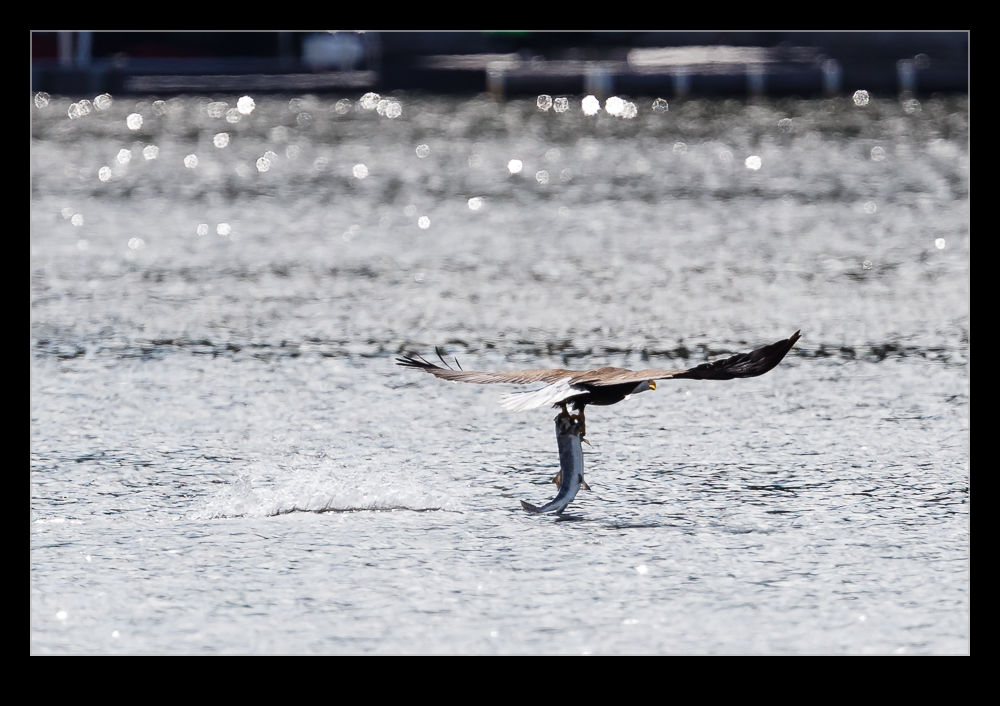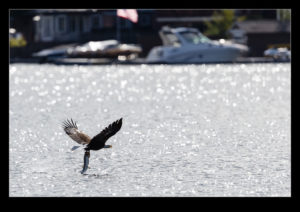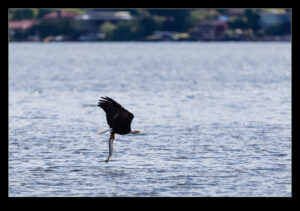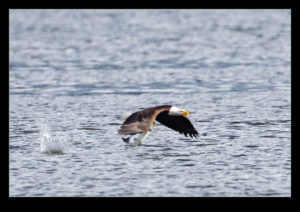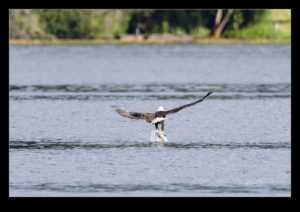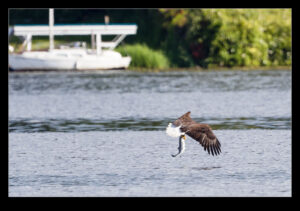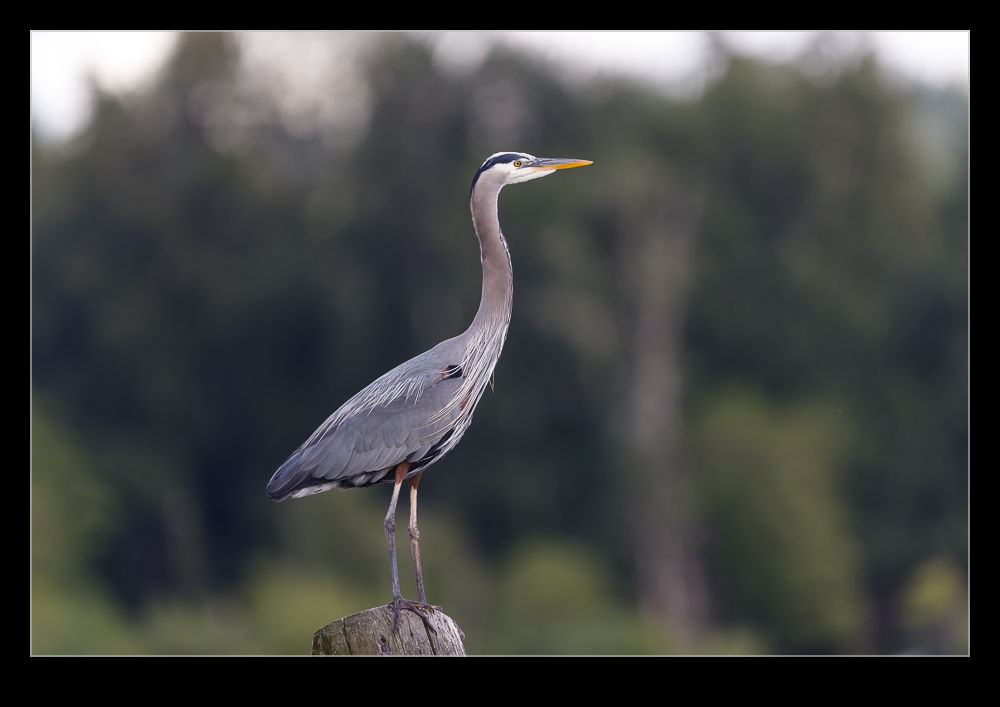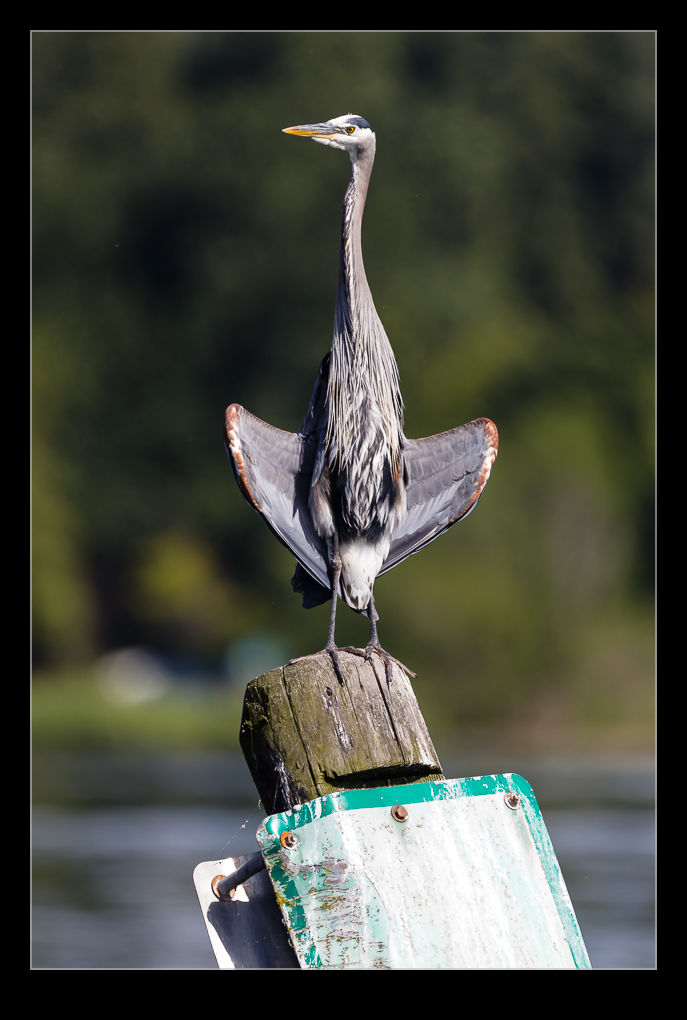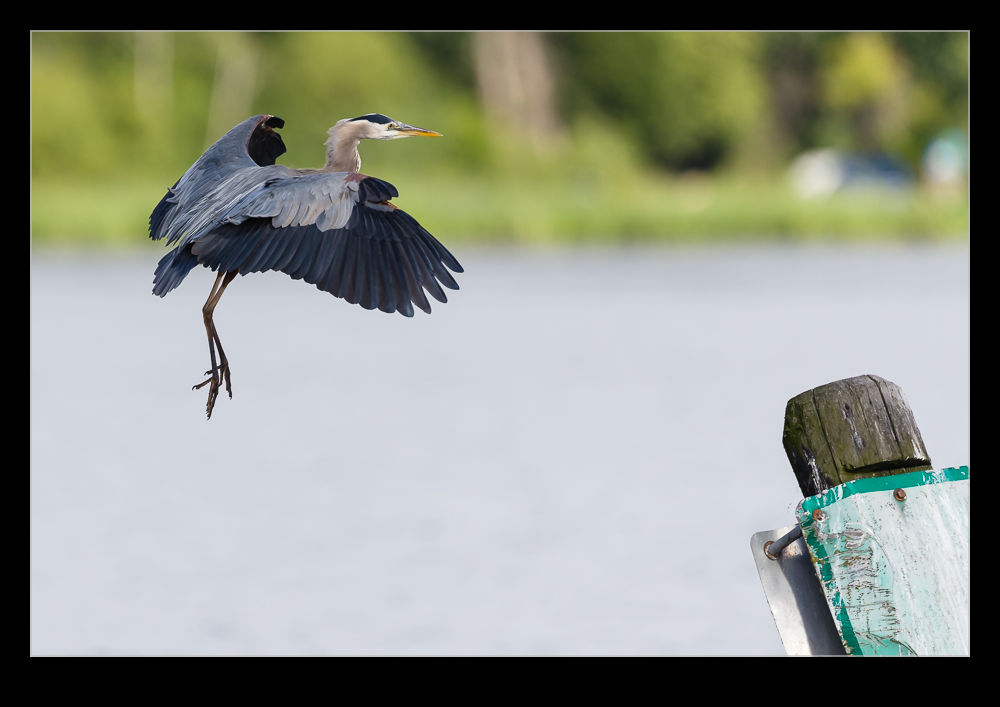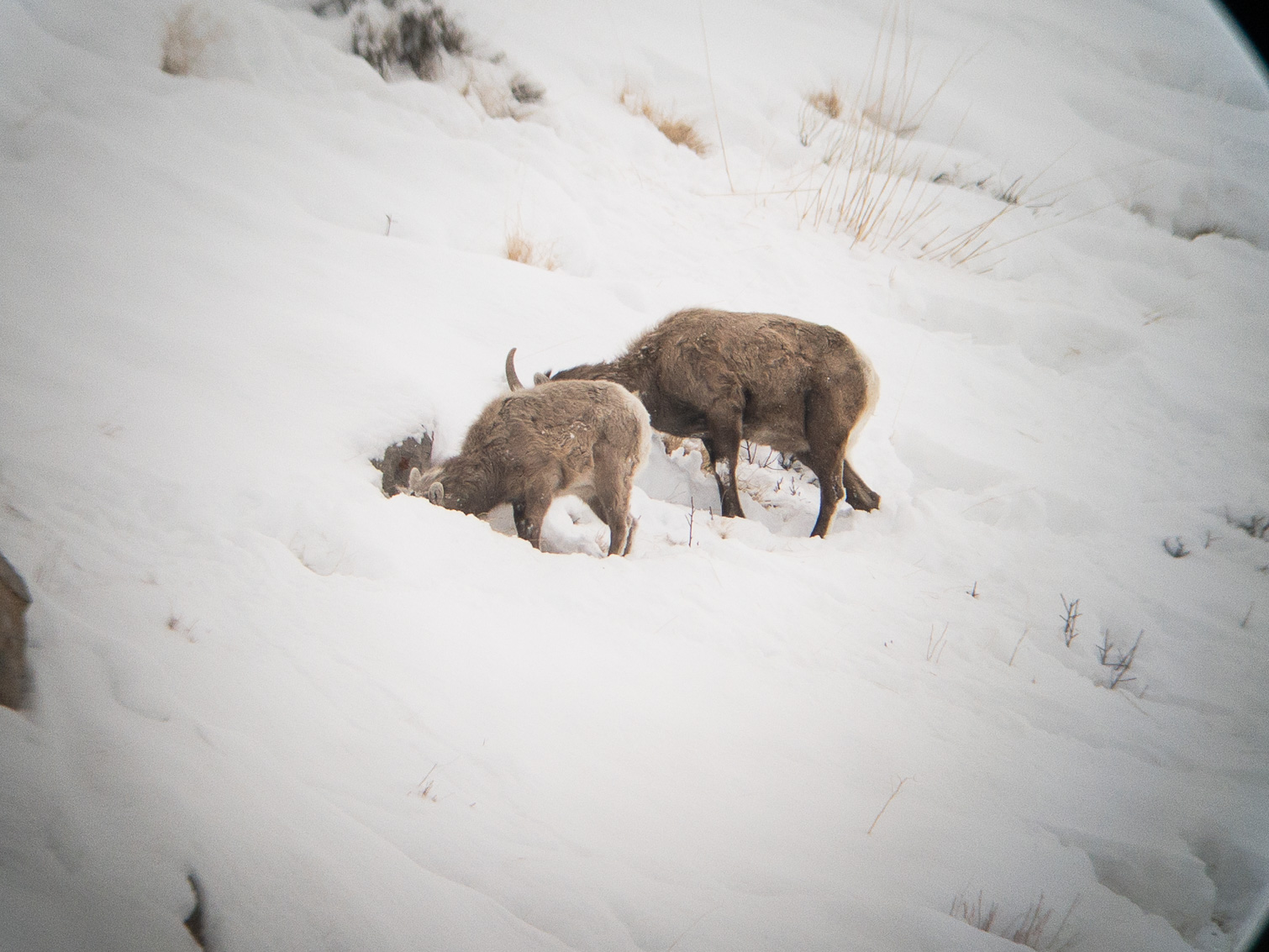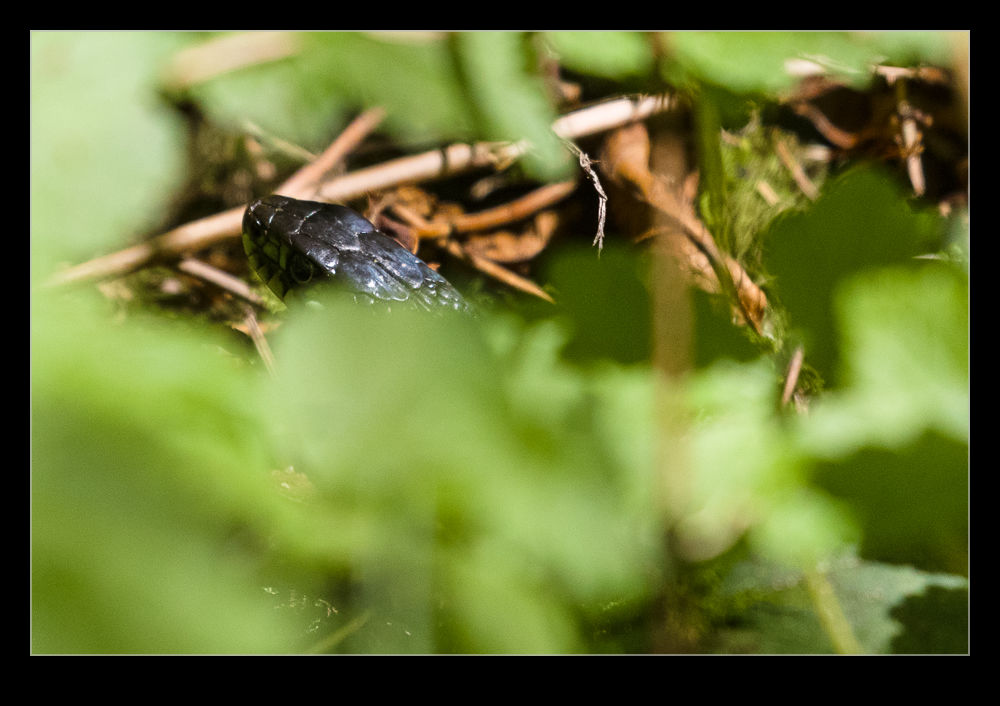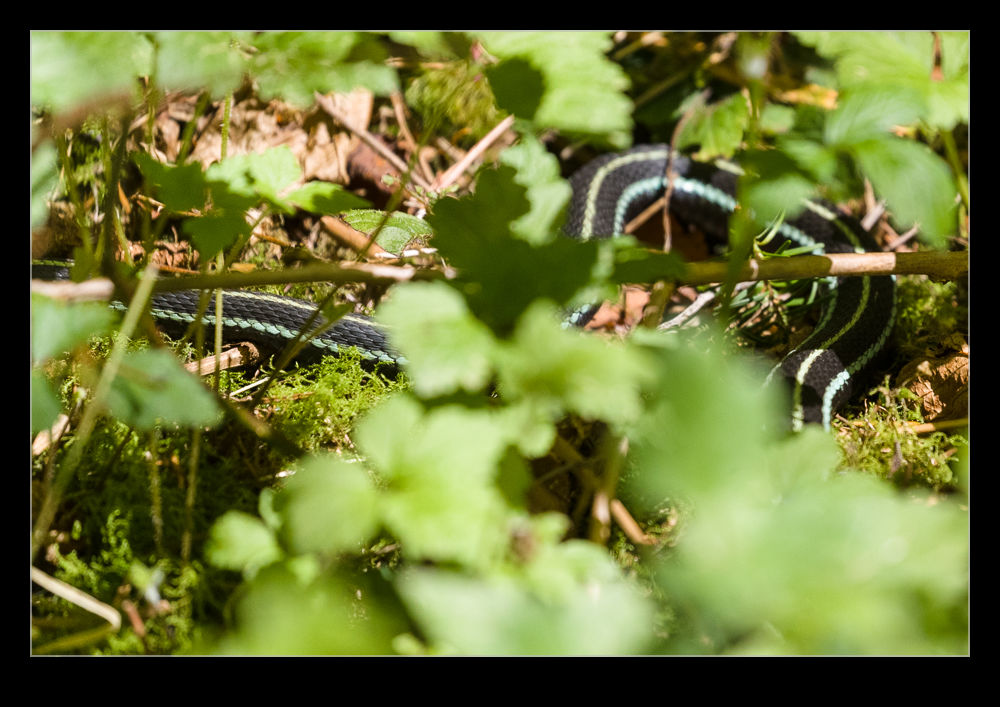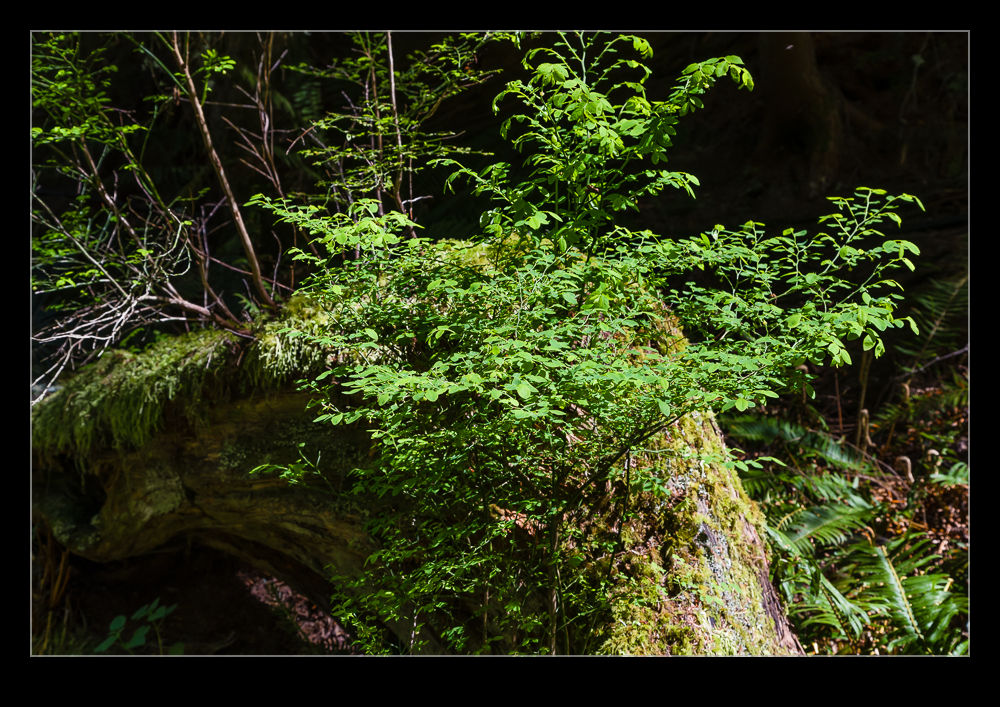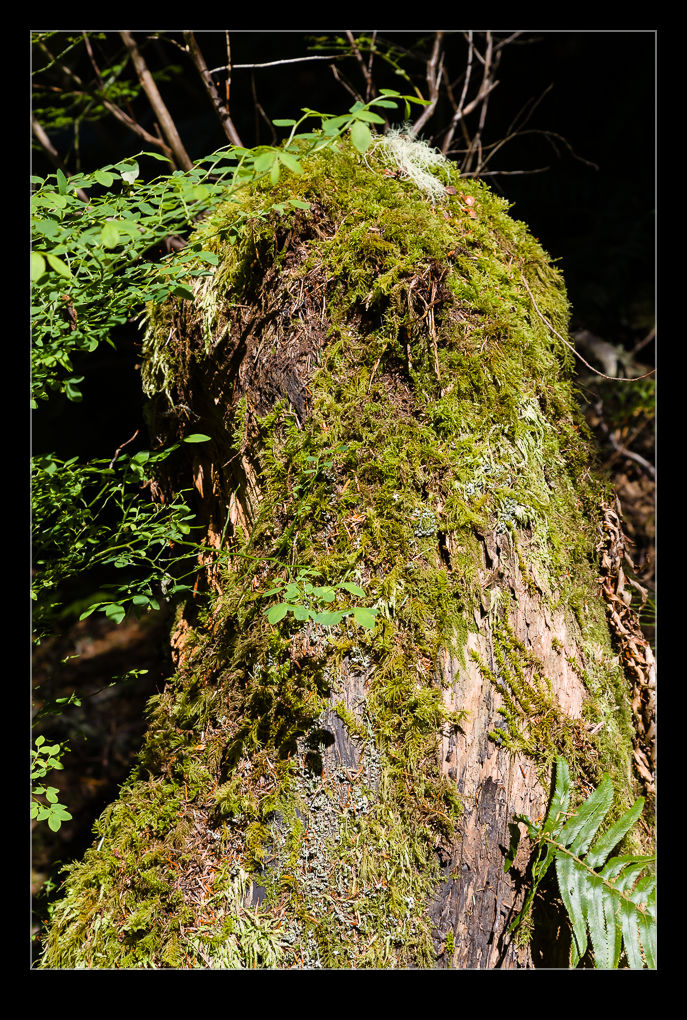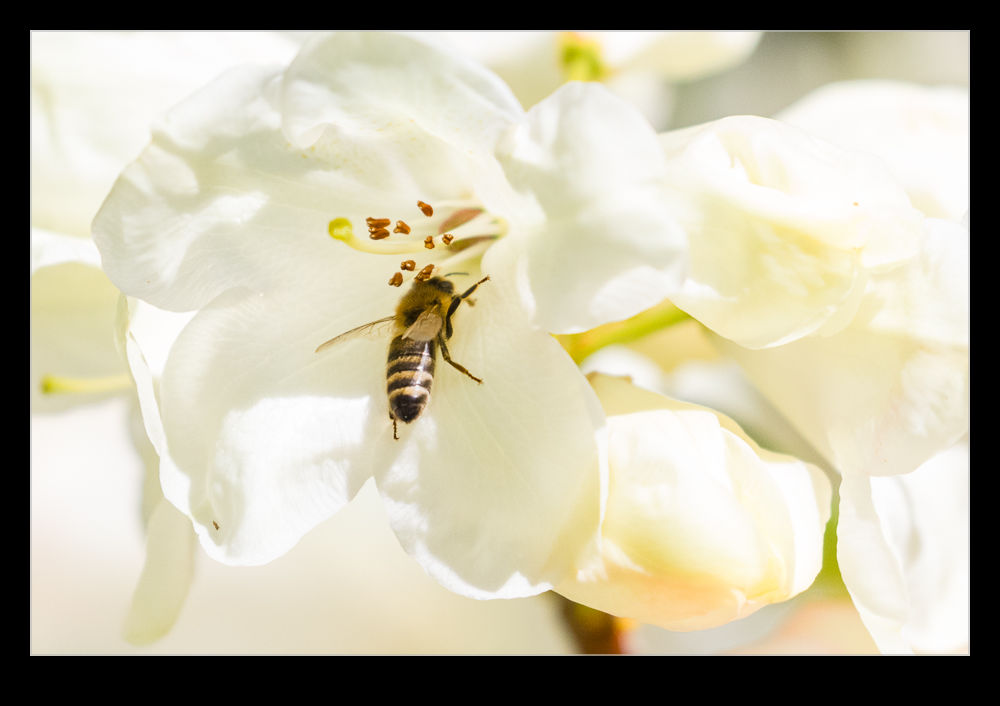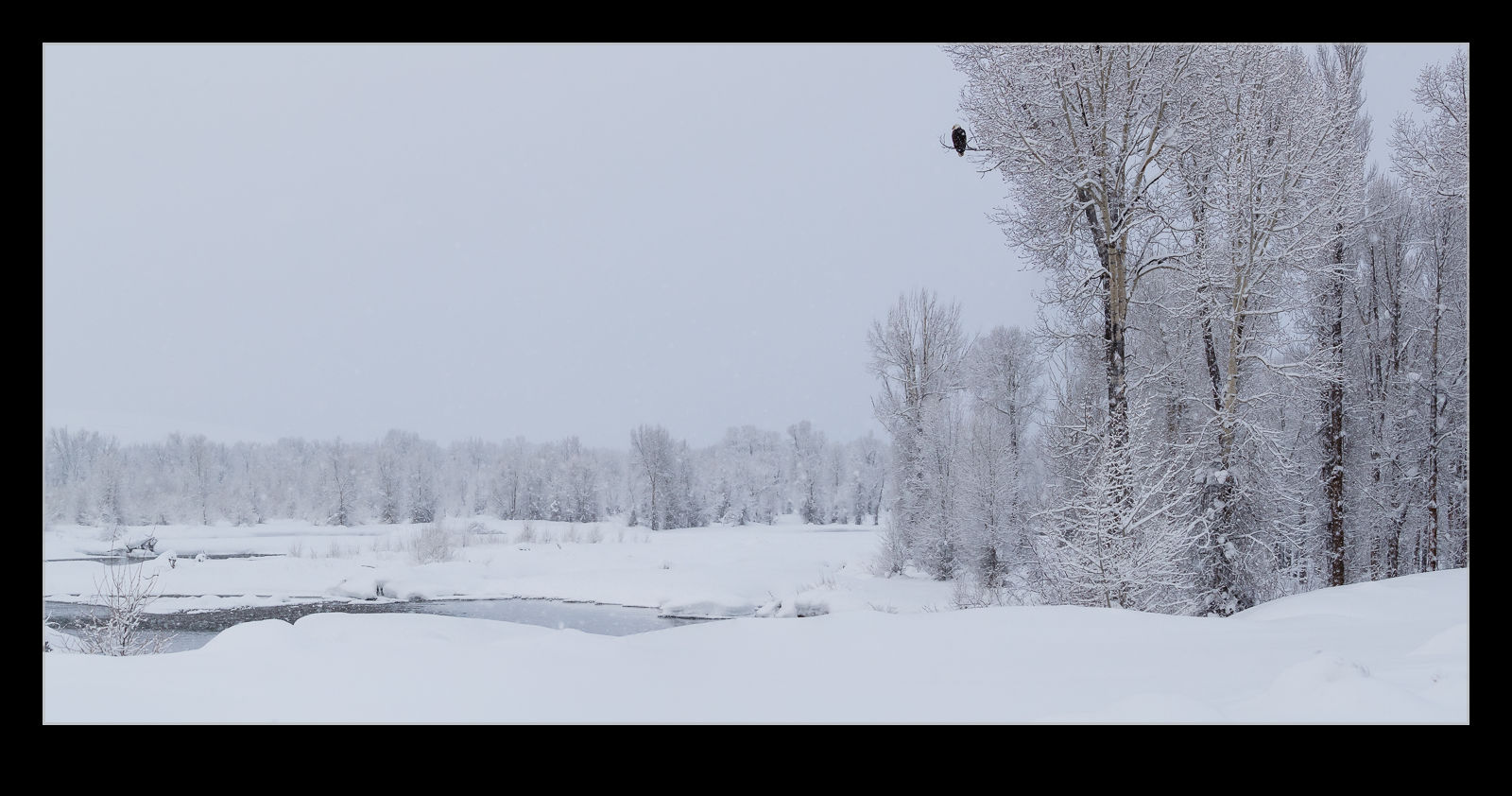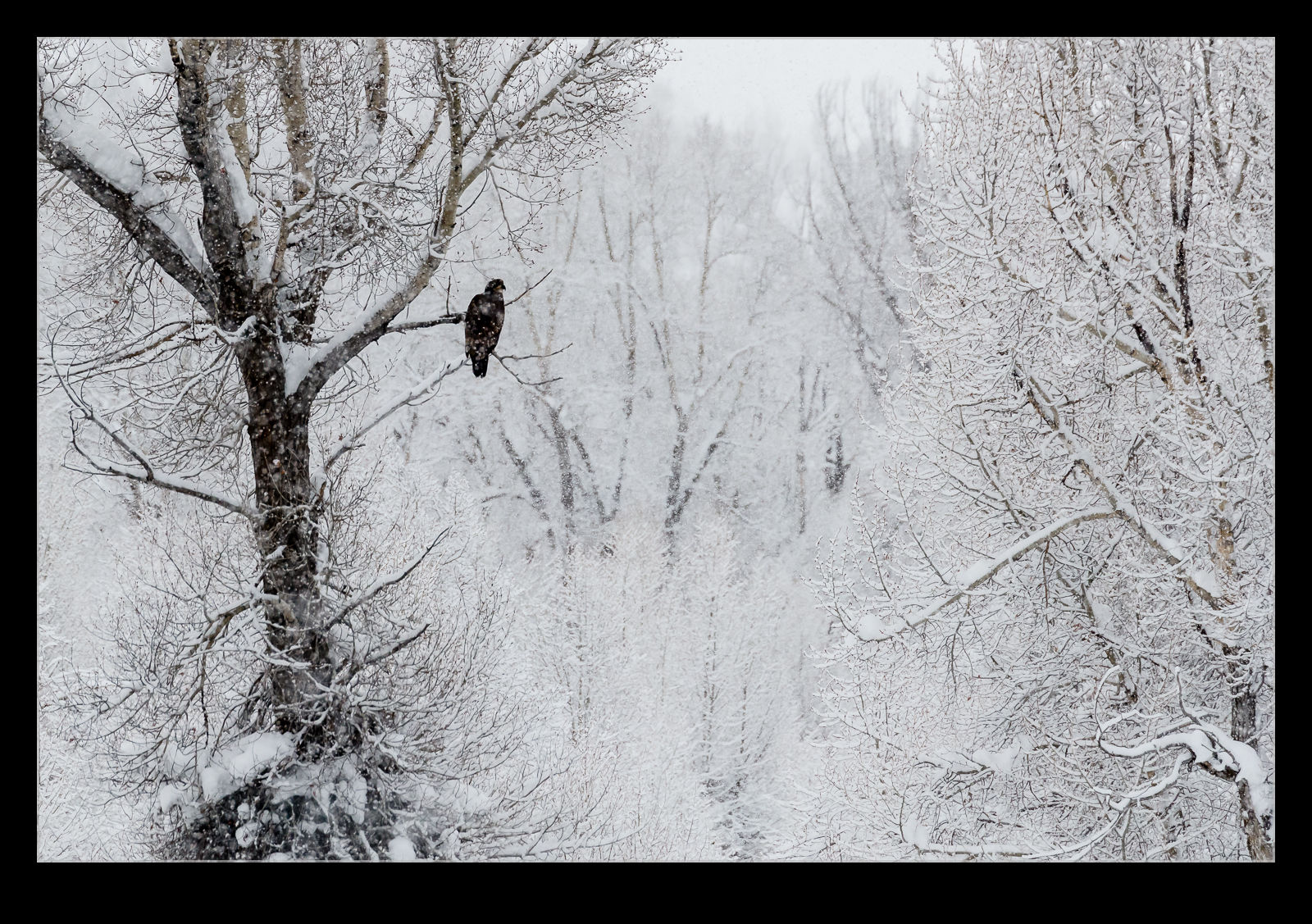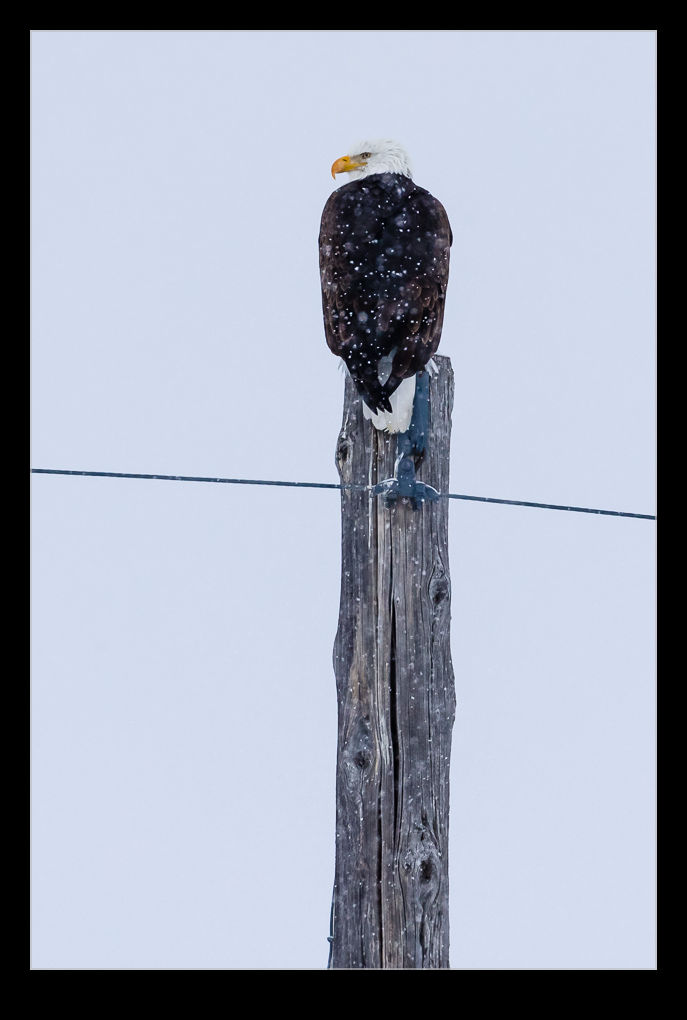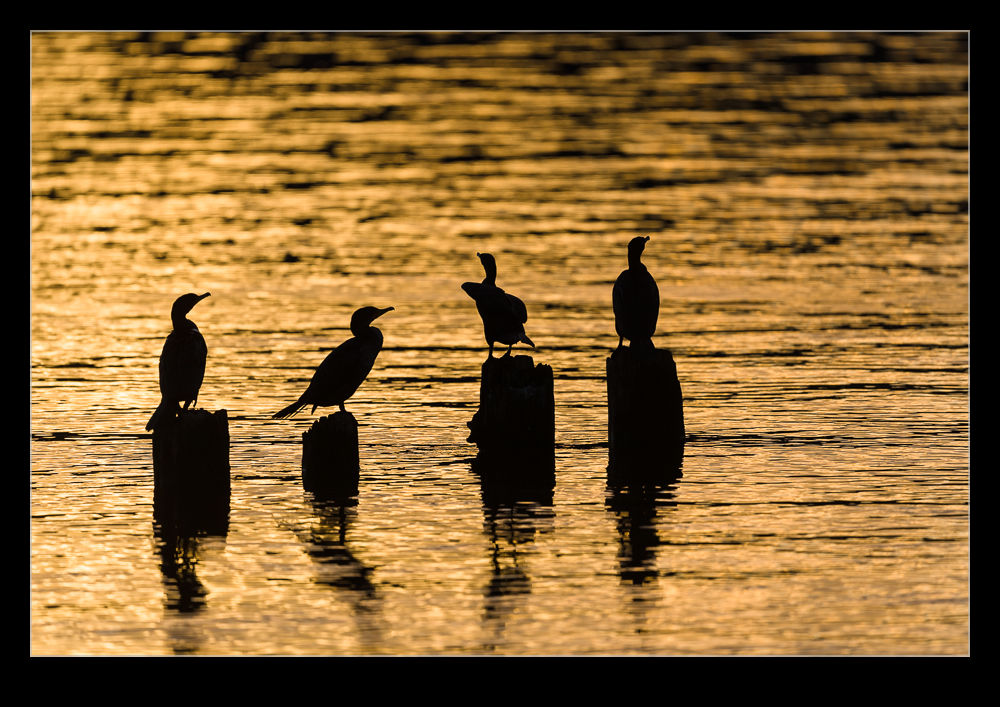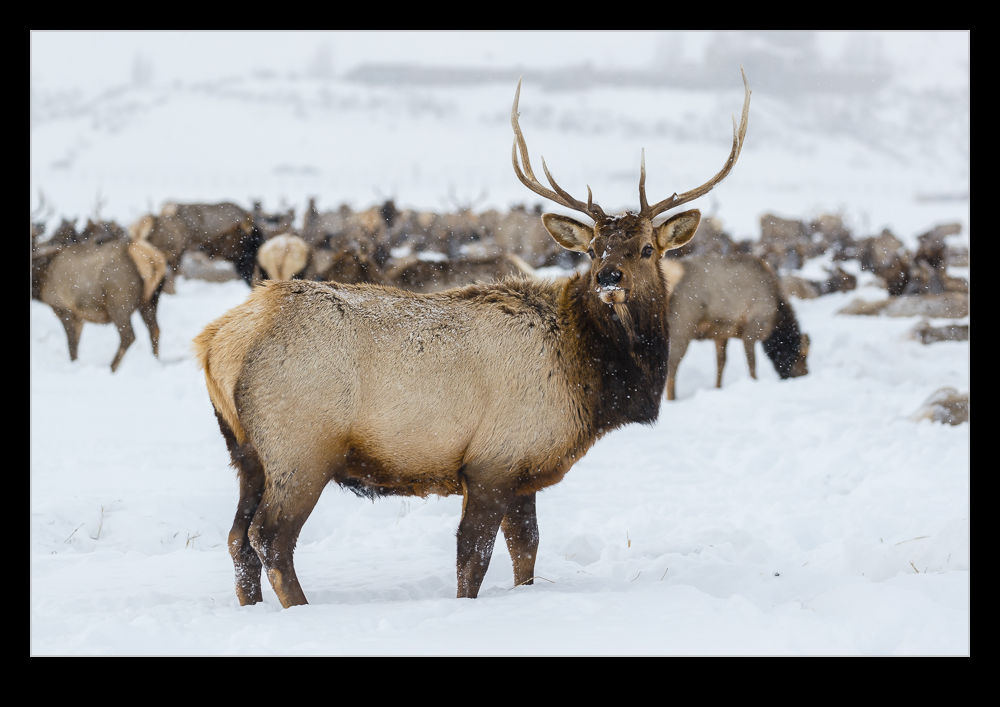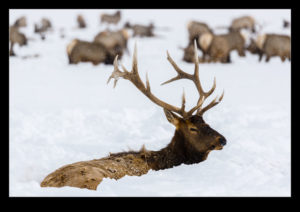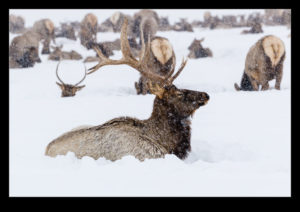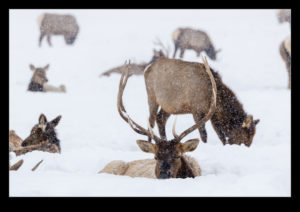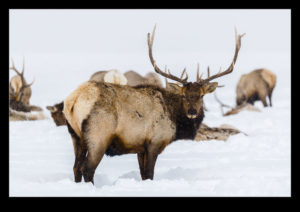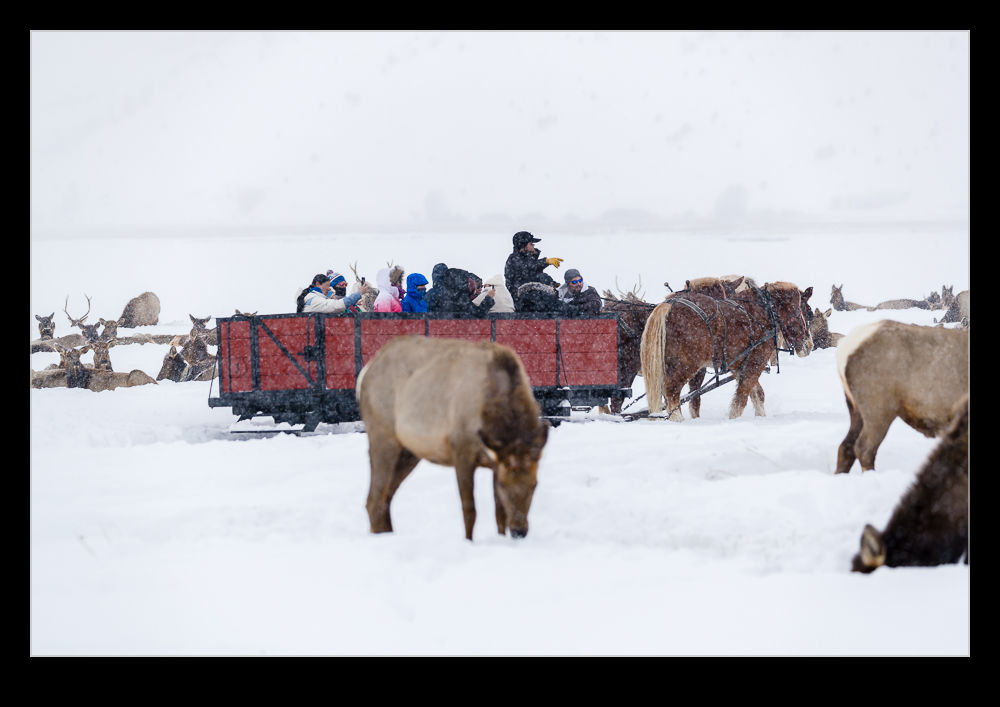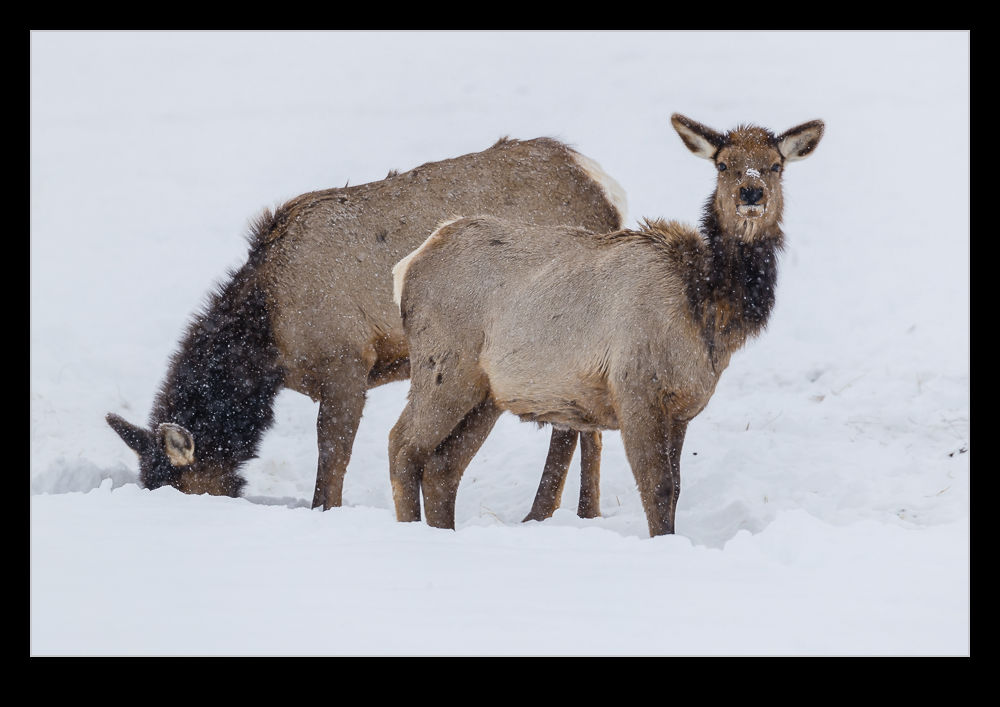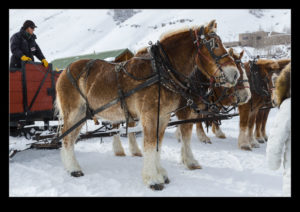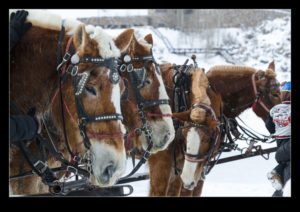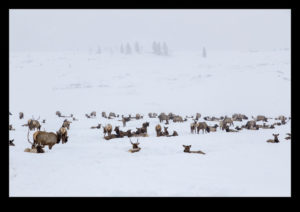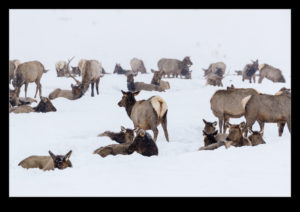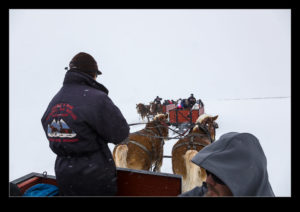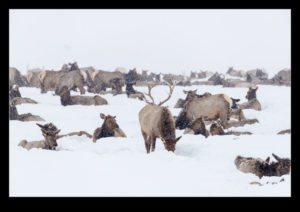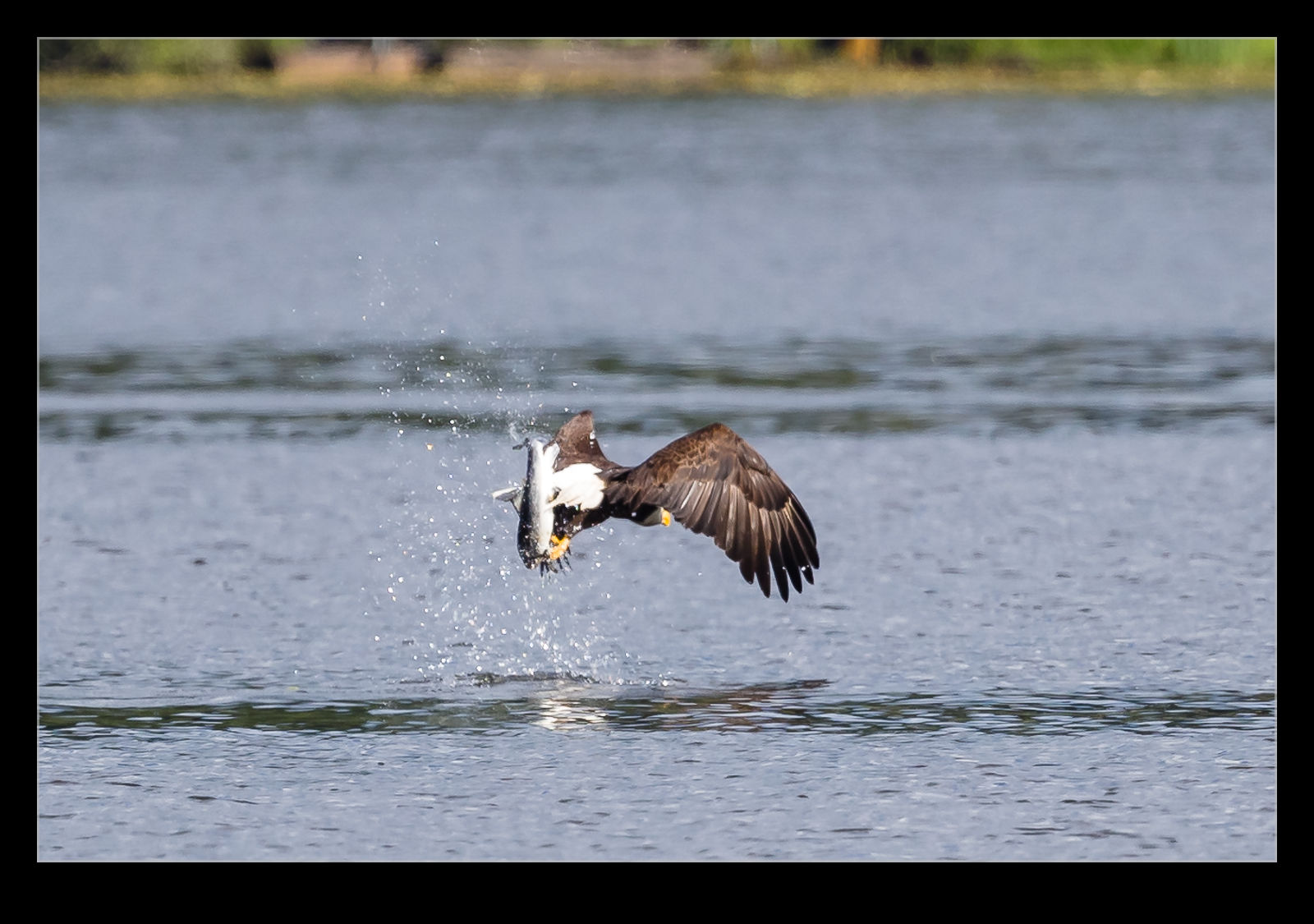 After work one evening, I headed to Log Boom Park in Kenmore. I was thinking I might shoot a few floatplanes as they returned at the end of the day but I hadn’t timed it right for that and didn’t see any. However, the local wildlife was busy including a few bald eagles that were out hunting on the lake. Some immature eagles were out and about but a couple of adults were also trying their luck. I saw one of them start to dive down on a target and followed with the camera.
After work one evening, I headed to Log Boom Park in Kenmore. I was thinking I might shoot a few floatplanes as they returned at the end of the day but I hadn’t timed it right for that and didn’t see any. However, the local wildlife was busy including a few bald eagles that were out hunting on the lake. Some immature eagles were out and about but a couple of adults were also trying their luck. I saw one of them start to dive down on a target and followed with the camera.
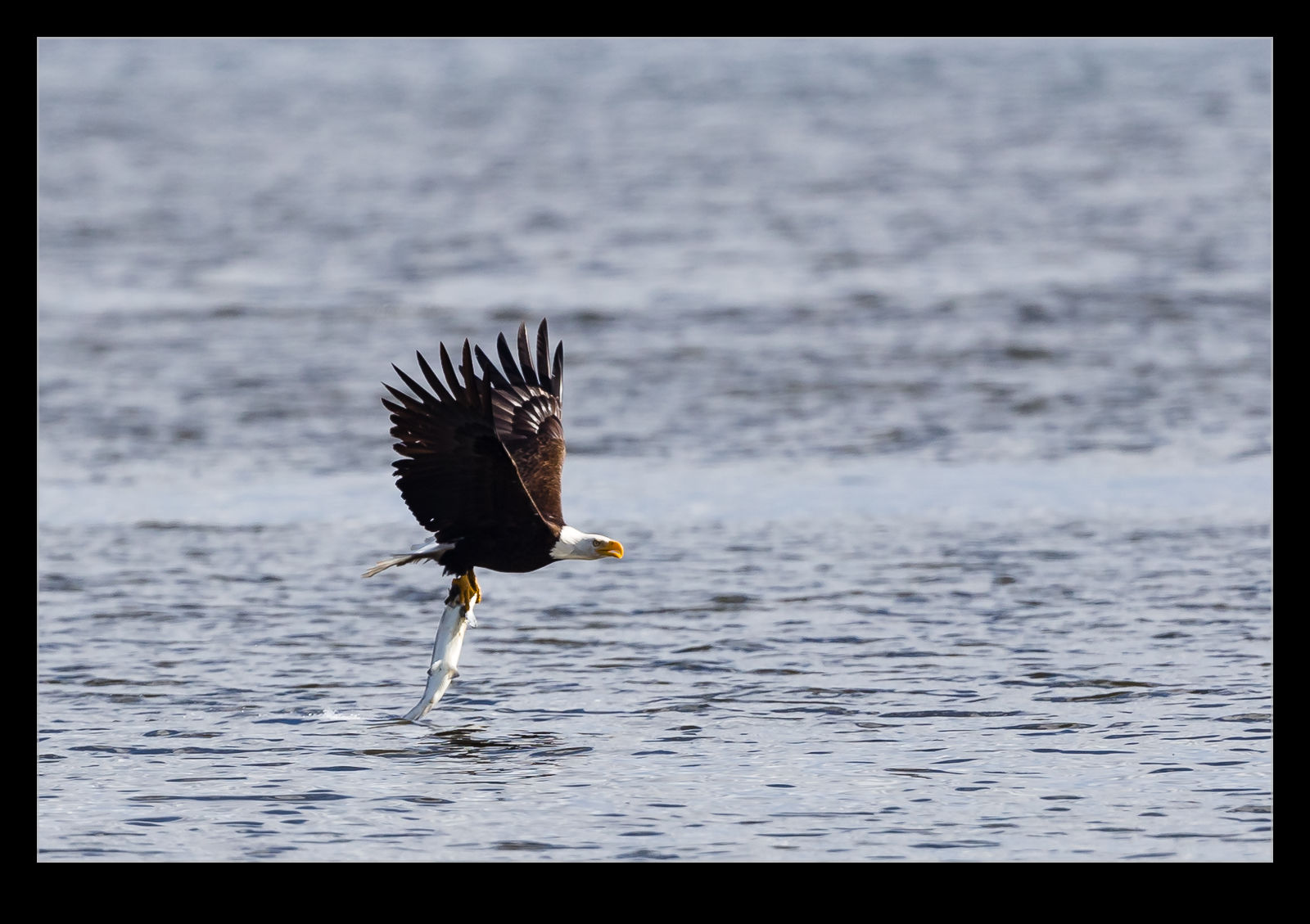 The eagle struck its target and grabbed it out of the water successfully. However, it hadn’t fully appreciated just how large a fish this was. It was a beast and the eagle started to try and climb away without success. This fish was too heavy for it. That wasn’t going to deter it though. It had caught dinner and wasn’t intent on letting it go. Flapping furiously, it tried to gain speed and altitude. Speed was fine but altitude was a different story. Instead, it adopted a new tactic. Dangling the fish beneath it, the tail of the fish was slapping on the surface of the water. This seemed to provide a little support and the combination proceeded to skim across the surface of the lake. Only when at the shore was a final surge of effort put in to pull up on to an awning where the eagle landed and laid out its catch.
The eagle struck its target and grabbed it out of the water successfully. However, it hadn’t fully appreciated just how large a fish this was. It was a beast and the eagle started to try and climb away without success. This fish was too heavy for it. That wasn’t going to deter it though. It had caught dinner and wasn’t intent on letting it go. Flapping furiously, it tried to gain speed and altitude. Speed was fine but altitude was a different story. Instead, it adopted a new tactic. Dangling the fish beneath it, the tail of the fish was slapping on the surface of the water. This seemed to provide a little support and the combination proceeded to skim across the surface of the lake. Only when at the shore was a final surge of effort put in to pull up on to an awning where the eagle landed and laid out its catch.
